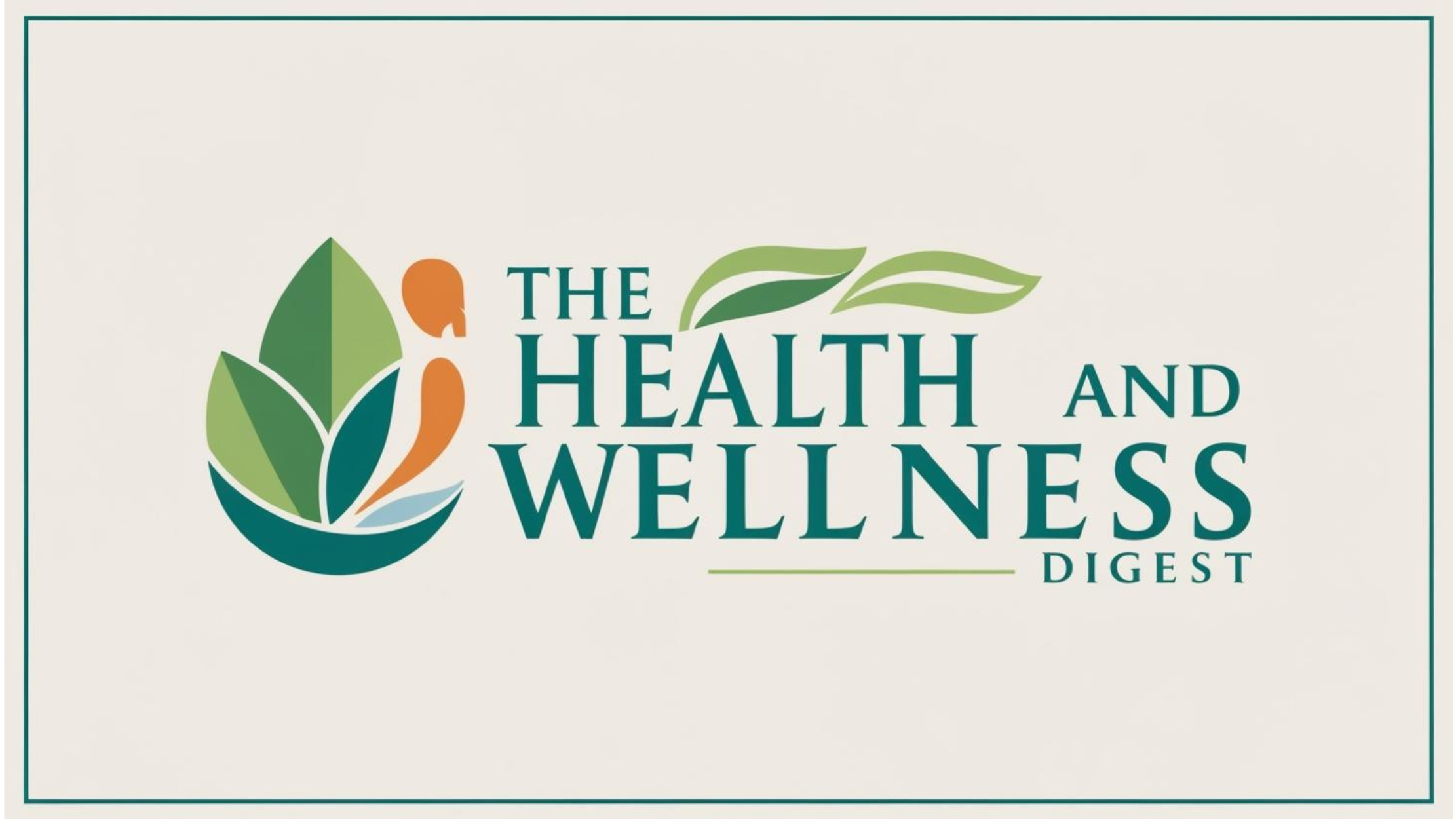
What You Need to Understand About Soy Allergies
Soy allergies are becoming increasingly common, presenting a significant challenge for those affected. Like peanut allergies, soy allergies can lead to severe allergic reactions, making it essential to identify the symptoms and manage them effectively. The soy in question comes from soybeans, which belong to the legume family, similar to chickpeas and lentils. Understanding the full scope of soy allergies is crucial, especially in a health-conscious society where soy products are prevalent.
Identifying Symptoms: Key Indicators of Soy Allergies
The symptoms associated with soy allergies can vary widely among individuals. Common signs include hives, itching, swelling of the lips or tongue, and gastrointestinal issues such as nausea and diarrhea. In some cases, particularly serious reactions can lead to anaphylaxis, a life-threatening condition that requires immediate medical attention. Those with a soy allergy should always carry an EpiPen for emergency situations.
A Soy-Free Lifestyle: Navigating Your Diet
For those diagnosed with a soy allergy, adopting a soy-free diet is imperative. Many foods to avoid include not just soybeans, but also soy products such as tofu, soy milk, and edamame. Additionally, it is vital to examine food labels carefully, as soy can be hidden in various forms like soy oil and hydrolyzed soy protein. Unfortunately, cross-contamination is another risk factor, especially when dining out or consuming packaged foods.
Alternative Solutions and Treatment Options
The only proven method for managing a soy allergy effectively is strict avoidance of soy products. Furthermore, alternative remedies might reduce symptoms for those who have other related hormonal issues, such as PCOS or endometriosis, by eliminating soy from their diet. Engaging with a healthcare provider is essential for personalized advice and potential treatment options, including allergy testing.
Preparing for Meal Time: Tips for Soy Safety
When it comes to meal preparation and dining out, proactive measures can lead to safer eating experiences. Always inform waitstaff about your soy allergy, and consider carrying a medical alert card indicating your condition. Cooking at home allows for greater control over ingredients, reducing the risk of exposure to soy.
In conclusion, understanding soy allergies and the importance of dietary modifications can significantly improve the quality of life for those affected. Awareness, preparation, and communication with others are the keys to navigating this common food allergy.
 Add Row
Add Row  Add Element
Add Element 



 Add Row
Add Row  Add
Add 


Write A Comment